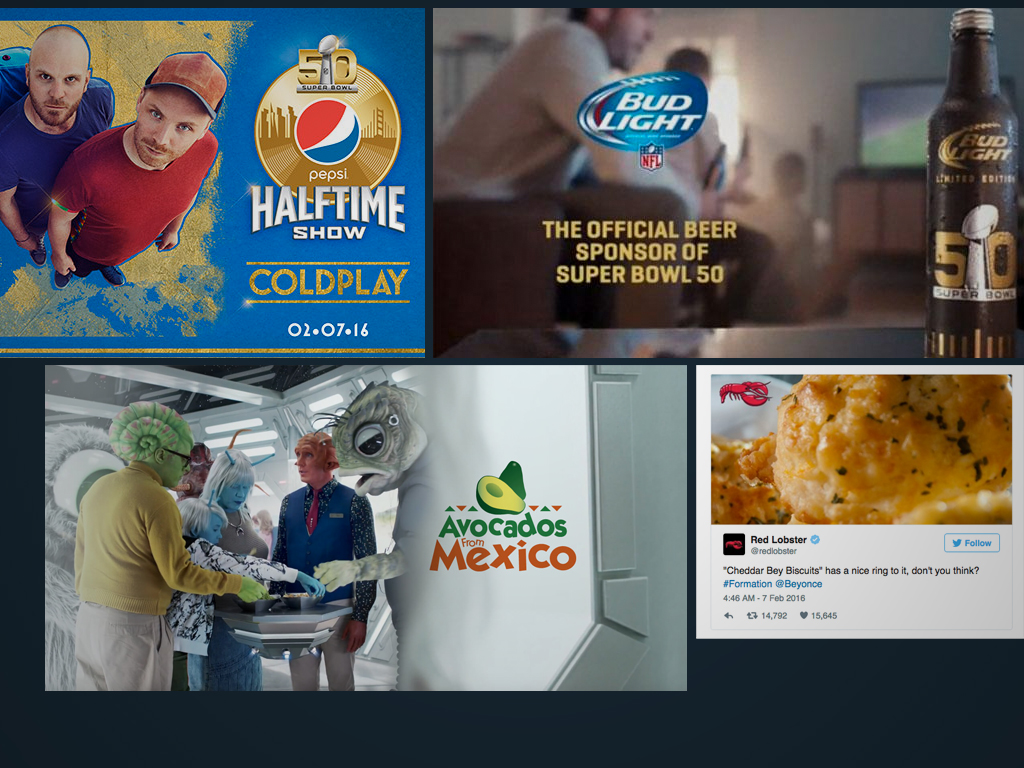Brands today walk a fine line between capitalizing on headline-making, traffic-generating topics such as Pokemon Go, Game of Thrones — or even more serious subjects such as the election or the Black Lives Matter movement — and ‘newsjacking’ which can naturally backfire.
How should brands and marketers ensure their content is relevant and engageable, and minimize the risk of coming across as inauthentic?
In this day and age, there’s virtually always a trendy topic for marketers to capitalize on. Advantages include potential exposure and engagement. But it’s also easy to come across as inauthentic if brands simply ‘newsjack’ – not to mention there’s a high probability of offending consumers and even ranking among the worst social media faux pas of all time if things go particularly bad.
In other words, beyond simply relevance, how do brands and marketers decide when to chime in and when to remain silent?
We surveyed marketers for their best real-time tips and their responses were twofold:
1. Plan Ahead.
Joe Maceda, Managing Director of the Invention Studio, Mindshare North America

In the real-time world in which we operate, anything and everything happening in culture can be an opportunity for a brand. But it is critical for brands to be rigorous in planning how to approach these moments. In fact, knowing when NOT to play might be more important than knowing when to engage.
Our Planning for Agility process identifies cultural moments — both established tent-pole events and less predictable news topics— that align with a brand’s DNA or campaign message. This establishes the moments and themes that are appropriate for the brand to inject [itself] into and sets the playbook for when those events happen in culture – it can be anything from a dramatic moment in sport to a new beauty trend, to an environmental issue and beyond. A major benefit to Planning for Agility is that it enables real-time responses across all paid, owned or earned channels, so brands can truly seize these opportunities at scale, rather than only via lightweight social activity.
Philip Fenton, Regional Director, Switch Communications

The example everyone still gets excited about is Oreo’s “you can still dunk in the dark” tweet during the Super Bowl blackout. But what gets lost in the telling is first that the brand had a really sophisticated newsroom setup that enabled them to spot the opportunity and take advantage of it and, second, that Oreo produces a huge amount of content that does not go viral. If you’re purely looking to win big with one ultra-successful post, you’re setting yourself up to fail.
As for whether brands should attempt real-time marketing in the first place, the answer is it depends. Oreo’s tweet worked because it was a fun brand making a lighthearted comment about an event that is also fun (at least when the power works). Oreo commenting on politics would be just plain weird. Likewise, if you’re an accountancy firm, it’s very difficult to imagine how you can leverage Pokemon Go in an authentic way – chances are it will come off as pretty transparent newsjacking.
So know your brand, know your audience and treat real-time marketing as another channel to be nurtured rather than an opportunity to hit the jackpot and go viral.
Jarrod Bull, Head of Account Management, iCrossing

When I ran social for brands like Dr. Pepper and L’Oreal, the things we always did were setting up ‘guard rails’ — What does the brand stand for? What topics do we have an opinion on? And, from there, we could react more effectively. It stays in the cultural relevance of what the brand stands for. You have to think about how will people feel if we do this or don’t do this? You can’t plan for all [events], but politics is something you want to stay away from, the death of celebrities, you typically want to stay away from… I think there’s a point of where you have to stick to your communication strategy and stand by that.
It’s important to stay in the cultural relevance of what the brand stands for. You have to think about how will people feel if we do this or don’t do this? You can’t plan for all [events], but generally, politics is something you want to stay away from, and the death of celebrities, you typically want to steer well clear. I think there’s a point of where you have to stick to your communication strategy and stand by that.
For me, success is about having a clear [idea] of what the brand stands for, and then defining behaviors of what you would and wouldn’t do — then you can react quickly. It’s those people that react in the right way and at the right moment that gain awareness. It’s being ready to push that button at that exact moment and, whatever happens, having a clear definition of who you are and what you stand for and having trust for whoever is activating it.
The most successful cultural moments over time are when you actually think about what’s coming out – for example, there was a lot of good opportunity around Star Wars — which is an altogether different cultural moment to a death or an actual event. You can plan for those things and think creatively about how content can play out.
The other thing about planning is you also have to be ready to react the other way when [content] could be deemed insensitive [in the wake of an event]. You have to think about the reaction to those moments and pull back some of your communication to let those moments go away because your voice doesn’t belong in that moment.
Deborah Sweeney, CEO, MyCorporation.com

Real-time marketing is a great way of bringing exposure to your brand but most marketers believe they can simply attach themselves to the hottest topic for great returns. The reason this does not work is because the marketers are not tapping into the essence of the topic and have no strategy. Simply because the topic is attracting traffic now does not mean you can tackle it without a plan. Three helpful tips I’ve found to make a quick plan is:
- Research – The marketer must learn and understand the essence of what they are trying to take advantage of. They need to answer the basic questions. What is it? Why is it popular? Who is paying attention to it? Who isn’t? Without these basic questions answered, your brand will look inept no matter what.
- Strategize – When the marketer has understood the basics, it is time for them to create a strategy that best highlights their brand within the context of the topic. Simply attaching the two will at best make the brand somewhat visible, but at worst it could show your brand is out of touch. The plan must invent a creative connection between all parties involved to help it break through the digital noise successfully.
- Implement – Finally, the marketer must know where to implement their plan. Simply placing it anywhere and everywhere might bring visibility but it won’t cause an impact. Specializing where people take notice and buzz about your strategy is just as important as understanding what’s going on. The last thing you want is the greatest marketing strategy you have come up with go completely unnoticed because the forum was wrong.
2. Know Thyself. And Thy Consumers.
Cody Simmonds, Digital Strategist, Struck

The most critical thing brands need to consider before taking part in a trending hashtag or topic is to fully understand how its core audience perceives and engages with that particular topic. For example, if Cheerios’ core consumer is young parents with children aged 1–5 years old, Game of Thrones probably isn’t the best topic to align with (unless those parents over-index as GoT watchers). Brands should always have a clear understanding of their target audience’s hobbies and interests and look for ways to relevantly cater to those affinities. Even if a brand’s product or service doesn’t align with the topic of discussion, the brand can find ways to take advantage of topics or discussions that are relevant to its core audience and create platforms for discussion and engagement.
One of the biggest (and best) ways brands can drive affinity and make a major impact with their core consumers is to be willing to take a side on political and social issues. According to eMarketer and Cone Communications, more than 90 percent of Millennials will switch to brands that support causes and issues that align with their beliefs. They’re also willing to pay more for products and services that are socially responsible. As a brand, it’s critical to understand how your core consumers feel about specific issues and to find ways to align yourself with their views by supporting relevant causes and organizations.
Kristian Rivera, Digital Marketing Specialist, Fit Small Business

Be genuinely interested in trendy topics that you want to write on. If you’re writing just to capitalize on the trend and gain exposure, it will come across in your writing. People can easily sniff this type of behavior out. It’s as bad as click-baiting to get people to your site. It will turn people away because you’re not offering anything of value to them.
However, if you have a genuine interest and are passionate about the topic, it will show and will be appreciated by your readers. You want to offer them something unique that they can’t get anywhere else. They’re not just coming to your site for the topic but your take on the topic. The worst thing you can do is write generic copy that everyone else has written to capitalize on the moment. Stand out from the crowd and write from the heart.
What are you thoughts on how brands can ensure their real-time marketing efforts are timely and relevant?


